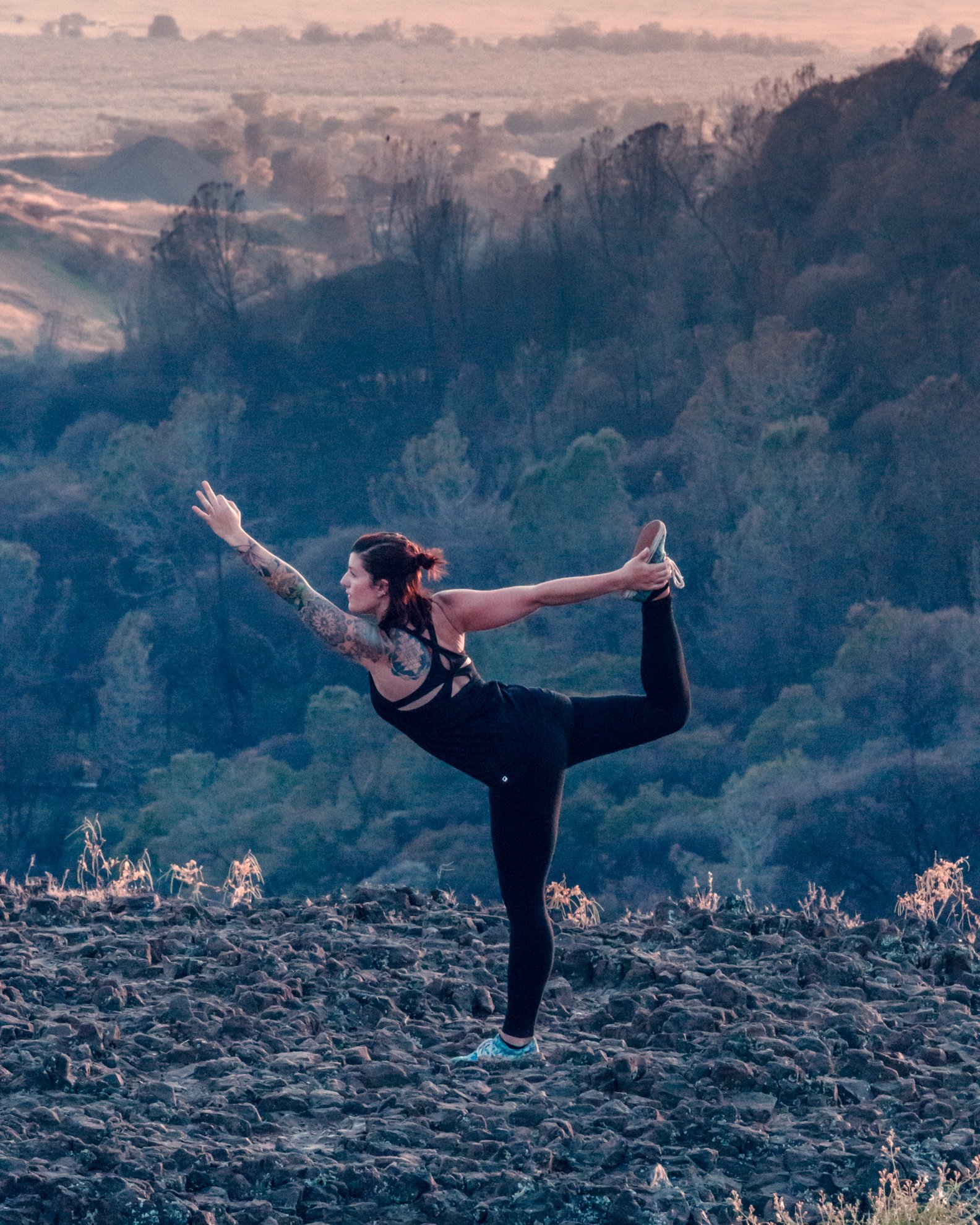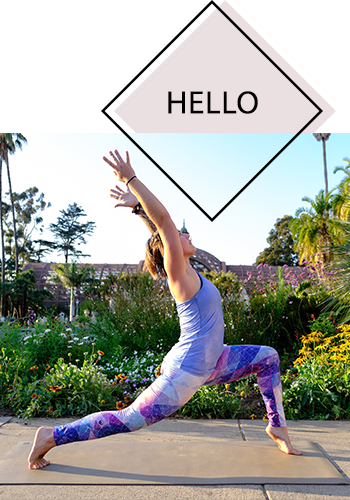The Power of Visualization
/Hey, I’m Rachel and I’m a yoga teacher and strength training enthusiast based in Salt Lake City, Utah.
I’ve been reflecting lately on little unique things I do when I’m working out, to help boost my energy and get the most out of my movements.
Here are 3 ways I bring visualization into my daily routines:
Every morning, I go for a 3-5 mile walk with my dog. Throughout the walk, especially when I’m waiting at crosswalks at busy intersections, I visualize my posture— what my spine looks like, how I’m standing. I visualize Mountain pose (tadasana).
Neutral curves in my spine, energy moving down through the soles of my feet, the crown of my head lifting up. I draw my shoulder blades down my back and think about getting my shoulders away from my ears. I make little subtle shifts and take a moment to let myself feel my posture. Sounds silly, but it helps me practice having a tall, confident, upright posture in other moments of life, like when I need to step in front of a group to speak, or have command presence as I enter a room.
Do you ever take moments in your day to focus on your standing posture?
I highly recommend giving it a try! It’s powerful.
During workouts at the gym, if I find myself getting fatigued at the end of a set, I’ll take a moment to focus on where I’m experiencing tension and engagement in my body.
In my mind’s eye, I see myself kind of like those illustrations you see in a physiology/anatomy/yoga textbook— where the muscle being used is drawn in red, and everything else is in black and white.
If, say, my legs and back are starting to get tired, but I realize I’m not engaging my core as much as I could be, I’ll visualize my abdominals lit up in red like those pictures in the textbook.
I imagine transferring the energy from the tired part of my body to the part that can be used to generate more explosive movement in the set.
It really works!
This helps me bring more of my muscles into the movement, and gain energy.
Might sound a little out there, but give it a try and see if it helps you.
Finally, I also use my gaze as a way to visualize success in a given workout, yoga pose, or endurance activity like a longer walk or distance run.
Instead of looking right in front of me, I move my eyes to the horizon line— the farthest point I can see. At the gym, this would equate to looking all the way across the room, towards the opposite wall, or if the garage door of the gym is open, looking out towards the horizon.
When I’m walking or running, this equates to not just looking at the next few steps in front of me, but out where the farthest I can see is— the mountain ridgeline ahead, or the next curve in the trail, or the city street extended far in front of me.
What this does is it gets my mindset from the immediate experience of struggle, difficulty, pain or fatigue, and helps me remember where I am in this moment in my life. I can zoom out and visualize watching myself from a bird’s eye view. A wide, expansive, big picture view rather than the immediacy of whatever discomfort I might be feeling in the moment.
I will also literally sometimes envision myself climbing the mountain I can see in the distance. Setting my mind in a determined way like, hey, if I wanted to, I could go allllll the way over there! And visualizing myself succeeding doing that gargantuan task.
Generally this gives me an immediate boost of confidence and energy, because it helps me see that this next set, or this next mile, is doable in the scheme of what challenge I couldbe facing.
I use this technique especially on days when I’m pushing for a new PR, going a new distance, or trying something I haven’t before. Zooming out helps me put in perspective how powerful it is to be pushing myself in the first place.
Give this a try, and let me know how it goes in the comments below!
Sending you lots of love, encouragement, determination, and fierce focus for your next workout. Use the power of visualization to push your limits, focus on efficiency, and unlock new levels of determination within! You got this!











Reflections on dipping in 30-something-degree water.